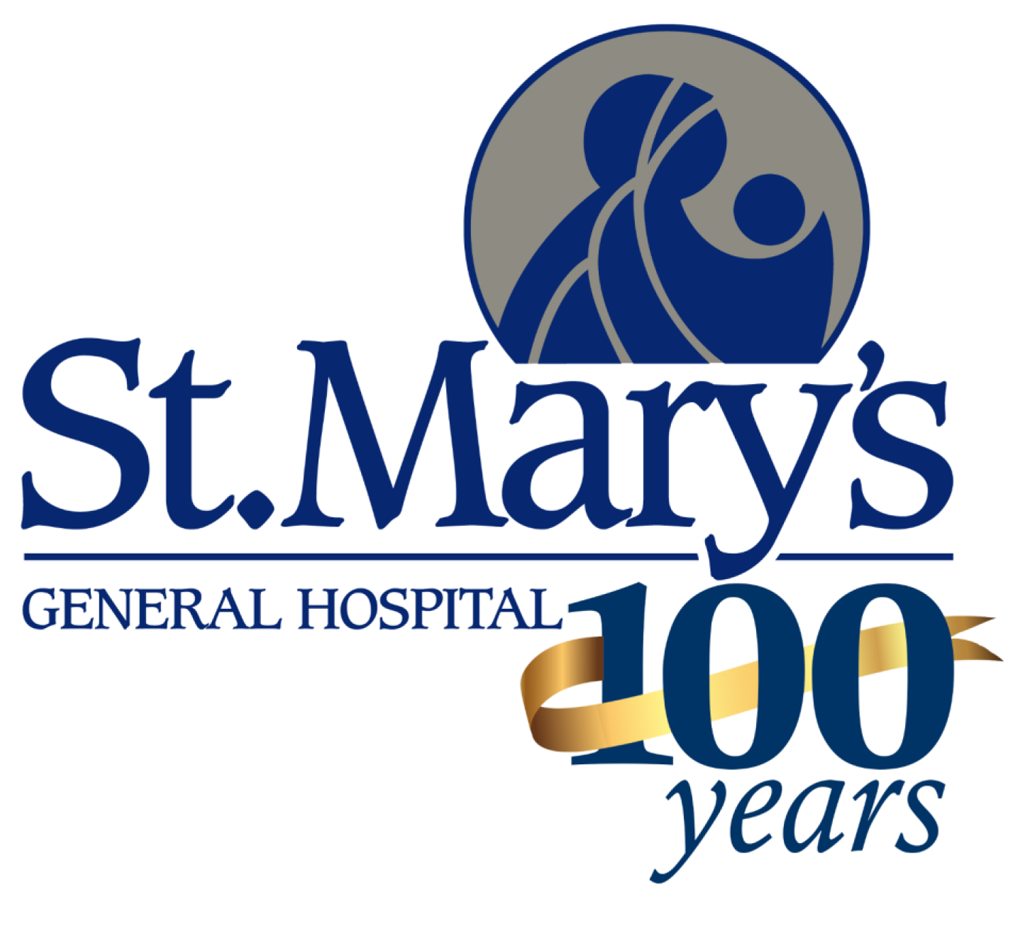Please note: as of April 1, 2025, Grand River Hospital and St. Mary's General Hospital have merged to become Waterloo Regional Health Network (WRHN) - LEARN MORE
100 years of visionary care with an eye toward the future
- July 16, 2024 by St. Mary's General Hospital
When St. Mary's General Hospital first opened its doors a century ago, cataract surgery was a challenging and high-risk procedure. Patients would be required to stay for several nights, laying flat on their backs. Nurses would use large sandbags to keep their heads still during the healing process. Patients were prone to post-procedure infections, turning an overnight stay into a week or more.
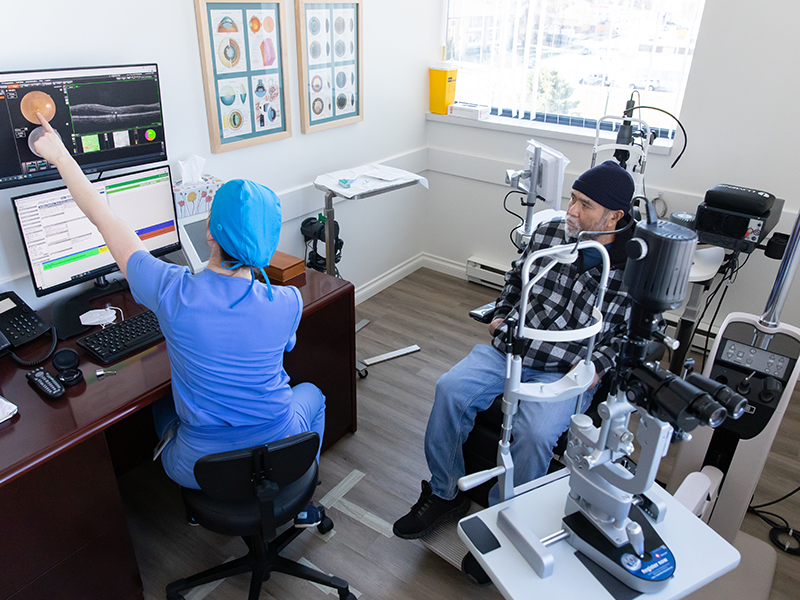
At the time, the incision required for cataract removal was approximately six millimetres – a stark contrast to the refined two-millimetre incisions used today. Historically, patients often wore thick, strong glasses for life to see fully, which isn't as common today with modern-day procedures.
Advances in medical technology and surgical techniques have drastically reduced the risks associated with eye surgeries. Today's patient would be awake during a 20-minute cataract procedure and return home on the same day. There are no sandbags, the incision is smaller, and patients have minimal risk of complications.
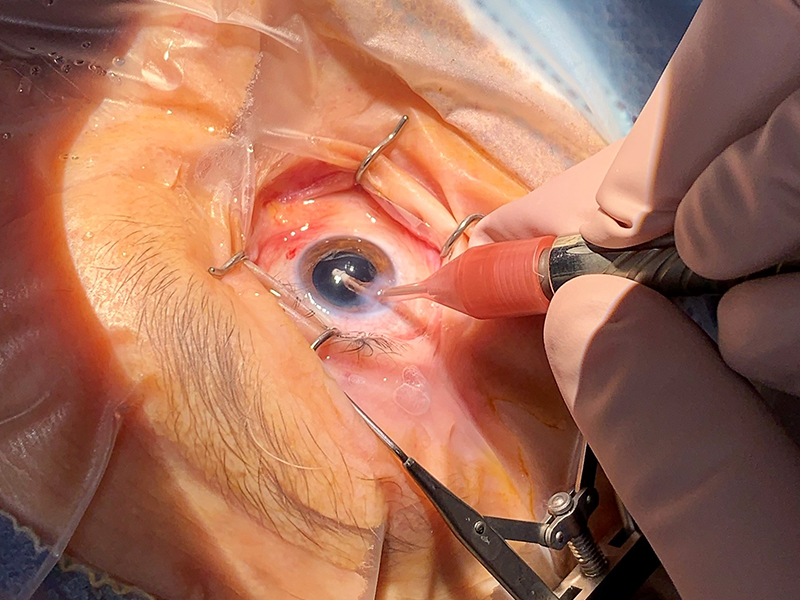
It wasn’t always a regional eye program
About three decades ago, the ophthalmology division at St. Mary’s performed cataract surgeries in Kitchener. Majority of subspecialty eye surgeries were referred to Toronto or London.
Today, referrals to St. Mary's for eye surgeries come from as far away as Sault Ste. Marie. Becoming a Regional Eye Program was a natural progression led by the drive to offer patients the very best option with shorter wait times close to home.
The trust and respect between the Hospital administration and the eye surgeons have created an environment where medical professionals can thrive.
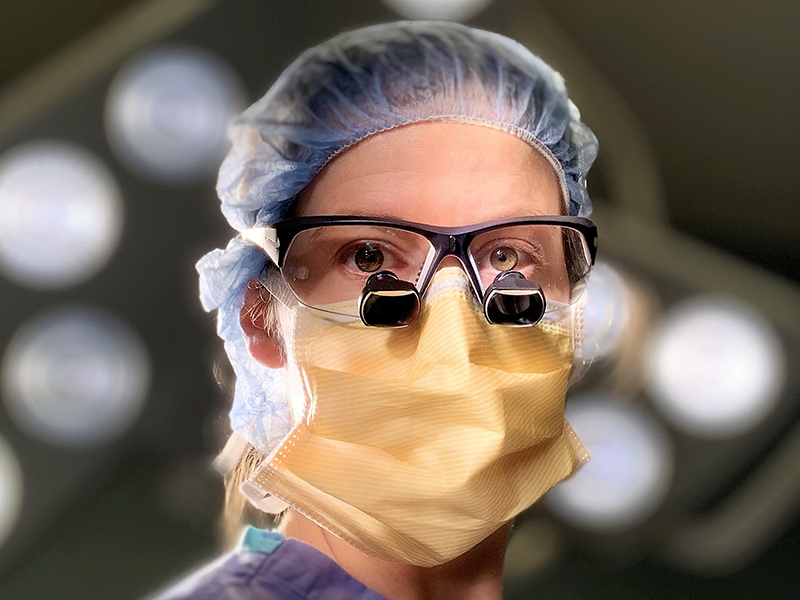
"When we ask for something and explain how it will increase our success and therefore, the safety and best outcomes for the patients, they [Hospital administration] usually get us what we need," says Dr. Chryssa McAlister, Staff Ophthalmologist at St. Mary's and Grand River.
The focus remains steadfast on the communities' most vulnerable members. Eye care locally has expanded over the years, from cataract surgeries and emergency on-call ophthalmology coverage to subspecialties such as cornea, oculoplastics or orbit, glaucoma, and pediatric ophthalmology.
Donor support and partnerships
The Hospital launched surgical retina in fall 2023, thanks to generous support from The Savvas Chamberlain Family Foundation. This service minimizes travel out of town for the eye care and helps attract medical professionals from outside of the region.
In May 2021, St. Mary's partnered with Vision Group Canada, an off-site provider of vision care services. This collaboration, combined with a centralized e-referral program for cataract surgery (a partnership with eHealth Centre of Excellence), has significantly reduced wait times from more than two years to less than four months. Patients can enjoy the benefits of restored vision sooner.
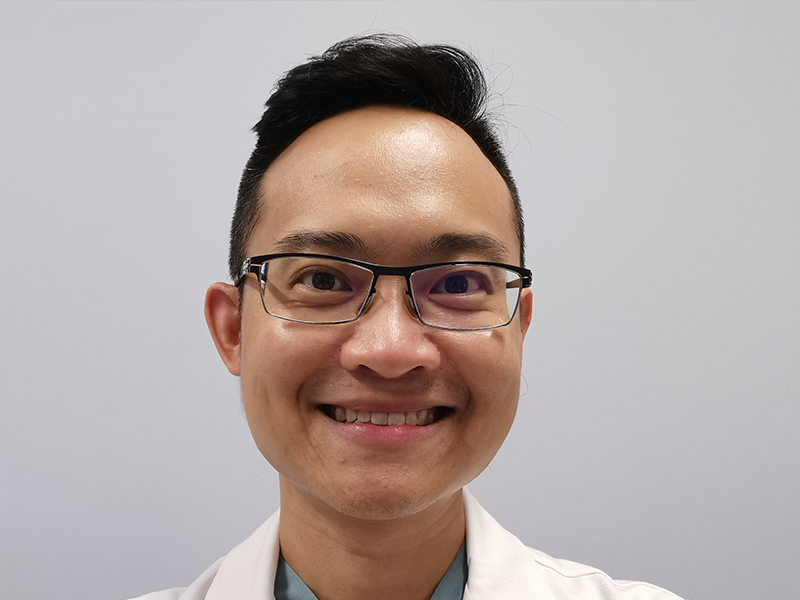
"The program gives patients choice, autonomy, and transparency through the referral process. Wait times are listed on our website, waterlooeye.ca."
"We’re the first region in Ontario to launch a centralized e-referral program for eye surgery," says Dr. Toby Chan, Staff Ophthalmologist at St. Mary's and Grand River.
Patients have the option to have surgery done with the shortest wait time in the region, to have surgery closest to home, or to go with a specific surgeon. Instead of being placed at the bottom of a wait list, patients can ask to be placed directly to the list they prefer.
Shaping the future of eye care
The program's reputation as a teaching site further sets it apart.
St. Mary's eye surgeons work with the McMaster University Michael G. DeGroote School Medicine to host the annual Eye Day, allowing future physicians to learn hands-on about eye and vision care.
In addition to undergraduate medicine, St. Mary's is also a postgraduate surgery-training site, as part of the McMaster glaucoma fellowship, and is actively involved in research and publications. The fellowship draws trainees and specialists from across and outside of the country to learn and contribute to the field of ophthalmology.
From its humble beginnings to its current reputation as a leader in ophthalmology, the growth at the Regional Eye Program mirrors the Hospital's unwavering dedication to improving patient outcomes.
As acute care in Waterloo-Wellington continues to evolve, St. Mary's and Grand River are excited for the next 100 years of eye care.
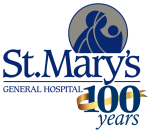
What's your St. Mary's General Hospital story?
Our hospital is more than a place — it's a tapestry of stories, resilience, and compassion. Have you experienced a moment at St. Mary's General Hospital that touched your life?
Join us in celebrating a century of compassionate care! As our hospital marks its 100th year, we're inviting you to share your story as a part of our rich history.
